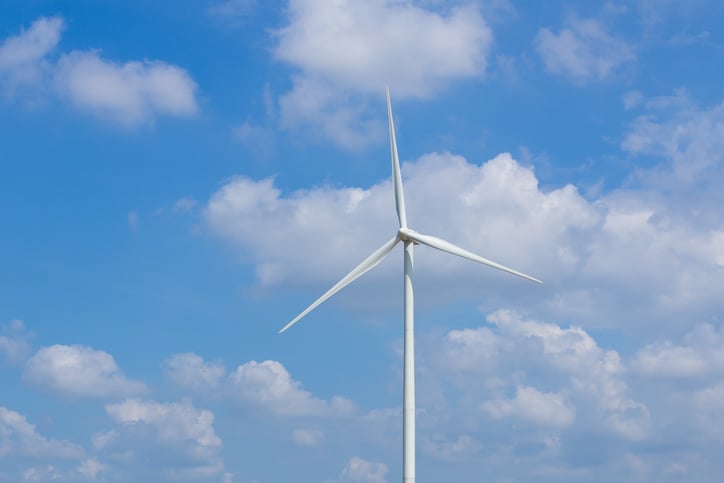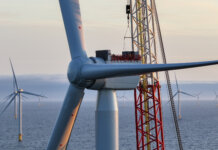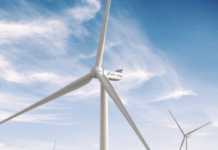Rhode Island-based Aquanis has been awarded $3.5 million in funding from the U.S. Department of Energy’s (DOE) Advanced Research Projects Agency-Energy (ARPA-E) to develop a segmented active load control system designed to allow wind turbines to react more quickly to changes in the wind.
The system features the company’s electrical blade-mounted actuators that modify the local flow over the surface of the blades without using mechanical components – i.e., no moving parts.
“We are thrilled to have been chosen for this highly competitive ARPA-E award,” says Aquanis’ founder and CEO, Neal Fine. “Aquanis is committed to helping the wind industry continue the historic improvement in turbine technology, which is key to reducing the cost of wind energy and increasing wind penetration in the grid energy market. Our selection by ARPA-E confirms that we are working with a great team on an important and challenging problem.”
Aquanis will lead a team of researchers including the University of Texas at Dallas (Richardson, Texas), Sandia National Laboratories (Albuquerque, N.M.) and independent blade manufacturer TPI Composites Inc. (Warren, R.I.). In addition to introducing new innovations to advance the company’s actuator technology, the team will develop an integrated design approach to maximize the impact of segmented active load control on the cost of energy.
“The proliferation of wind power has been a bright spot on the energy landscape, but we have a long way to go,” comments Thorne Sparkman, managing director of the Slater Technology Fund, which provided seed funding to Aquanis. “Slater is proud to be supporting Aquanis in its quest to enable the next generation of turbine designs.”
The grant is part of ARPA-E’s latest open funding opportunity, which awarded $98 million for 40 projects.




